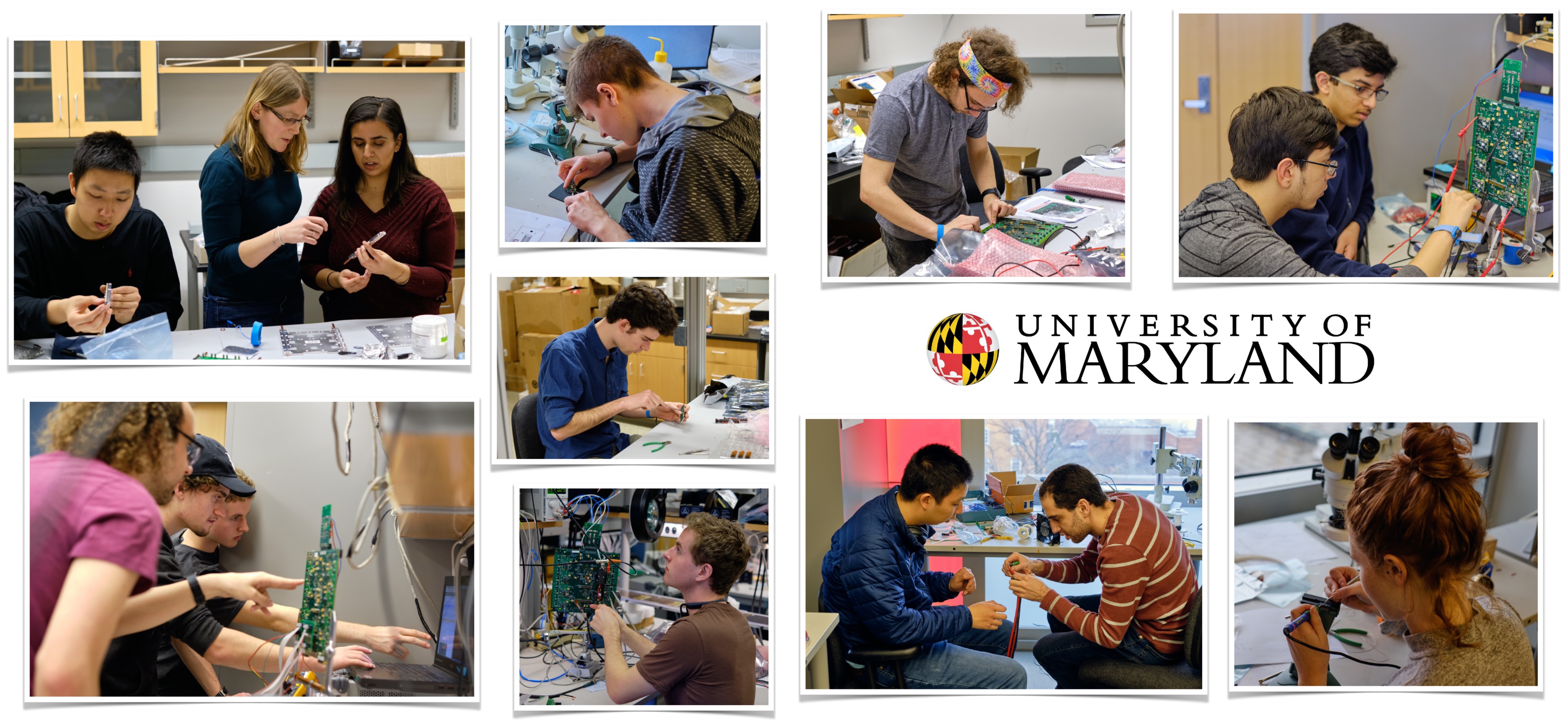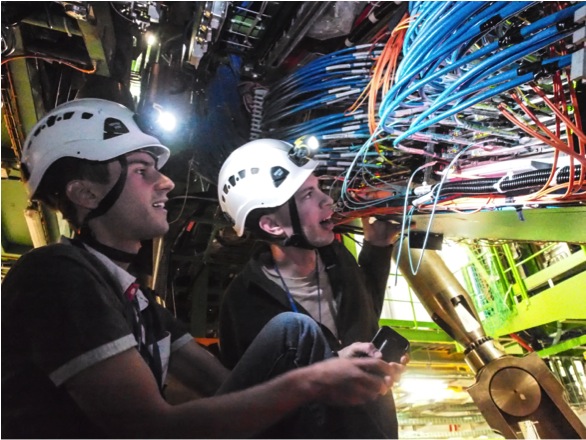Teaching and mentorship
Without any doubt, one of the most rewarding aspects of being part of a higher-learning institution such as the University of Maryland is working with students. I love to discuss how the universe works with the next generation of physicists, engineers, citizens, and it is really fun to work to advance human knowledge with enthusiastic young men and women. In this profile you can see some discussion about my teaching philosophy.
So far, I have taugh PHYS 371 (Modern Physics) and PHYS 375 (Experimental Methods II or the Optics lab) three times each. I enjoyed mightily all six semesters, and I think the majority of the students learned a lot without too much suffering. When you read reports from anonymous professors in the internet about students these days, you can easily get the impression that the new generation has almost completely lost the ability to concentrate, and some times they have a hard time of being respectful and reasonable. My experience has been very different. The vast majority of the students I deal with on a daily basis wants to learn, have respect and attend to reason. For this, it is key to treat them like adults and explain exactly why the deadlines or grading schemes are the way they are. Once one gets this right, teaching is really fun!
Mentoring undergraduates in research is great too. During the contruction of the readout electronics for the new Upstream Tracker at LHCb we assembled an amazing team without which we could not have shipped the boards to CERN on time. Here they are making science.

I have started to prepare an informal set of lectures to introduce students to particle physics and the LHCb. The slides for the first two are:
During my time at the CMS experiment, I prepared these lectures to introduce students and postdocs to the CMS muon system, the cathode strip chambers, and the ODMB (Optical DAQ MotherBoard).
Additionally,
I had the fortune to mentor some wonderful students at UCSB: Adam Dishaw, Jack Bradmiller-Feld, Ryan Heller, Rohan Bhandari, Alex Dorsett,
Sicheng Wang. Together, we developed, built, and commissioned the ODMBs, and gave it our best effort to try to find evidence for Supersymmetry. The picture
below shows Adam and Jack installing ODMB modules into one of the VME crates on the periphery of the CMS muon system.
